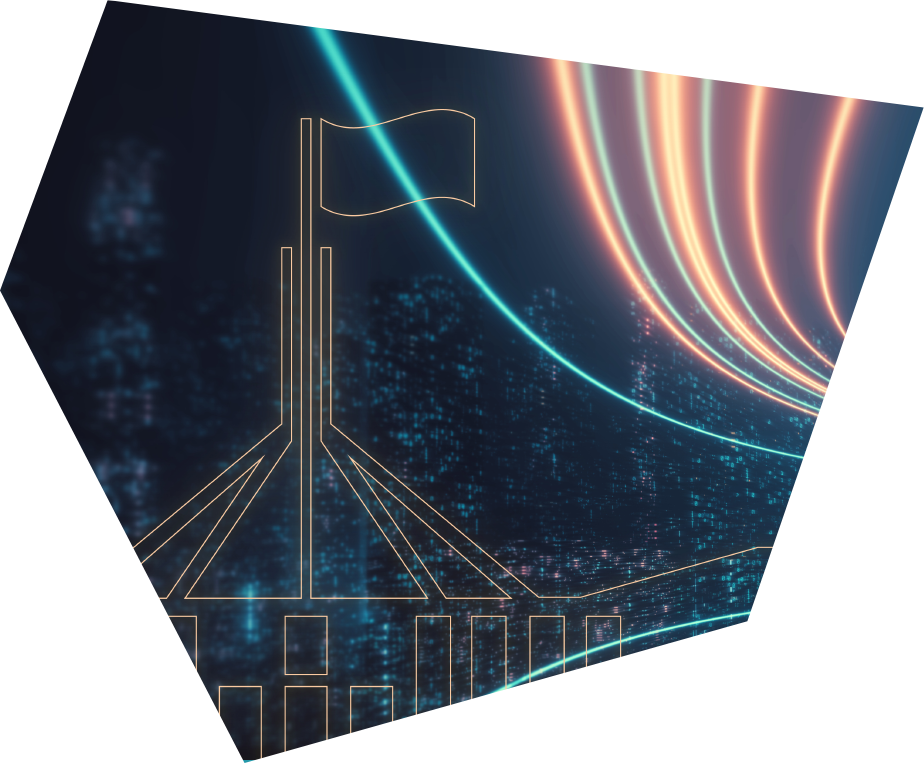
Public sector digital acceleration

Is this acceleration of new digital government services setting a precedent for the way public sector CIOs and their IT teams will respond in the future? Lalit Guglani, Executive Director in the Digital & Technology Advisory practice of Synergy Group, explains how technology has proven its worth in this time of crisis, and now it needs a seat at the strategic planning table.
Technology: friend and foe
Technology has certainly come to the rescue to support our need to work from home during the pandemic. The Australian Government has applied and expanded its application of digital and data services with an unprecedented speed and scale. Overall, it has been an admirable achievement. Agencies have come together collaborating across government and industry to fast-track tech deployment – with results realised within weeks when traditionally these took months.

“Some of these swift deployments, however, have surfaced some of the weak points and vulnerabilities in scalability, design, useability and trust in government digital services,” says Lalit. “The MyGov site buckled under the heavy load due to scalability issues – the underlying infrastructure just wasn’t designed to withstand such a massive spike in usage by welfare applicants. This crisis has highlighted the importance of planning and has provided a real-life use case to consider in the future when designing digital services.”
Yet Lalit has been impressed with the speed of the CovidSafe app roll-out despite some of the teething issues. “In my personal view, the government has risen to this sudden unprecedented challenge. It has demonstrated how government can apply digital and data smartly for public good.”
Though, Lalit states, this comes with a caution: “I am hopeful that the momentum will continue far beyond the pandemic, but this requires bold IT leadership, top-level sponsorship, agile approaches and greater collaboration across government and industry.
A refreshed perspective on technology design
Lalit says agencies need to ramp up their enterprise design / architecture capability to make digital and data an integral part of government strategic planning.
“The pandemic has demonstrated how a joined-up government can come together, and collaborate with the industry, to deliver digital services,” says Lalit. “Of course, it requires determination and leadership support, but as the old adage goes, ‘necessity is the mother of invention’. The CovidSafe app for contact tracing, the Corona virus information app, telehealth, and the various local government digital initiatives are some examples.
“At the same time, it has revealed some limitations in the existing technology design approaches that do not always consider the flexibility, useability, inter-connectivity and security matters adequately. It has also highlighted, once again, the trust deficit in government.”
Lalit hopes that this most recent experience inspires agency CIOs and executives to build (or re-build) the enterprise design / architecture capability. The intent of this capability is to ensure that the technology design is business-oriented, modular, reusable and clearly traceable to the business outcome.
A digital ‘master plan’
“We need the disciplines of business architecture and enterprise design reinvigorated,” explains Lalit. “The architecture concept is similar to a ‘master plan’ for a town or city that provides a longer term vision of an agency’s technology and digital capabilities and articulates how these capabilities are inter-related and how they enable the agency’s business goals.”
“Some of these digital capabilities could be internally developed, some could be shared with other agencies, and others could be externally acquired ‘as a service’. If such an enterprise design approach is adopted across government, then each individual agency’s ‘master plan’ can be aggregated to give a whole of government view of the Australian Government’s digital capability.”
While it seems like a big task, and some may be sceptical because it has been tried before, Lalit believes this architecture discipline is now much more mature than it used be. “Without a master plan, it is difficult, if not impossible, for agencies to be sure if they are duplicating a capability that is already available elsewhere and if the new capability will continue to work in harmony with the inter-connected parts.”
“How do they know what other services or functions the new capability may need to connect or inter-operate with? How do they determine what security features are required and available? What are the supply chain dependencies in case of disruption? And importantly, how does this capability link to the agency’s business and goals?”
Operate as a commercial business
Lalit’s recommendation is that IT operations within agencies need to set themselves up as if they are a commercial business.
“IT needs to be seen as a core business with a seat at the table in terms of funding and business decisions,” says Lalit. “IT teams need to be sustainable in terms of funding, workforce, and quality of services. This means good governance, strong client service ethics and rigorous costing methods. It also means a greater need to focus on vendor management due to the increased use of secure Cloud services.”
Without a doubt, technology is more a friend than a foe in supporting government services. “We need the technology to be applied in a smart and integrated way for better government services, designed with a human-centred approach and for long-term sustainability,” says Lalit.
